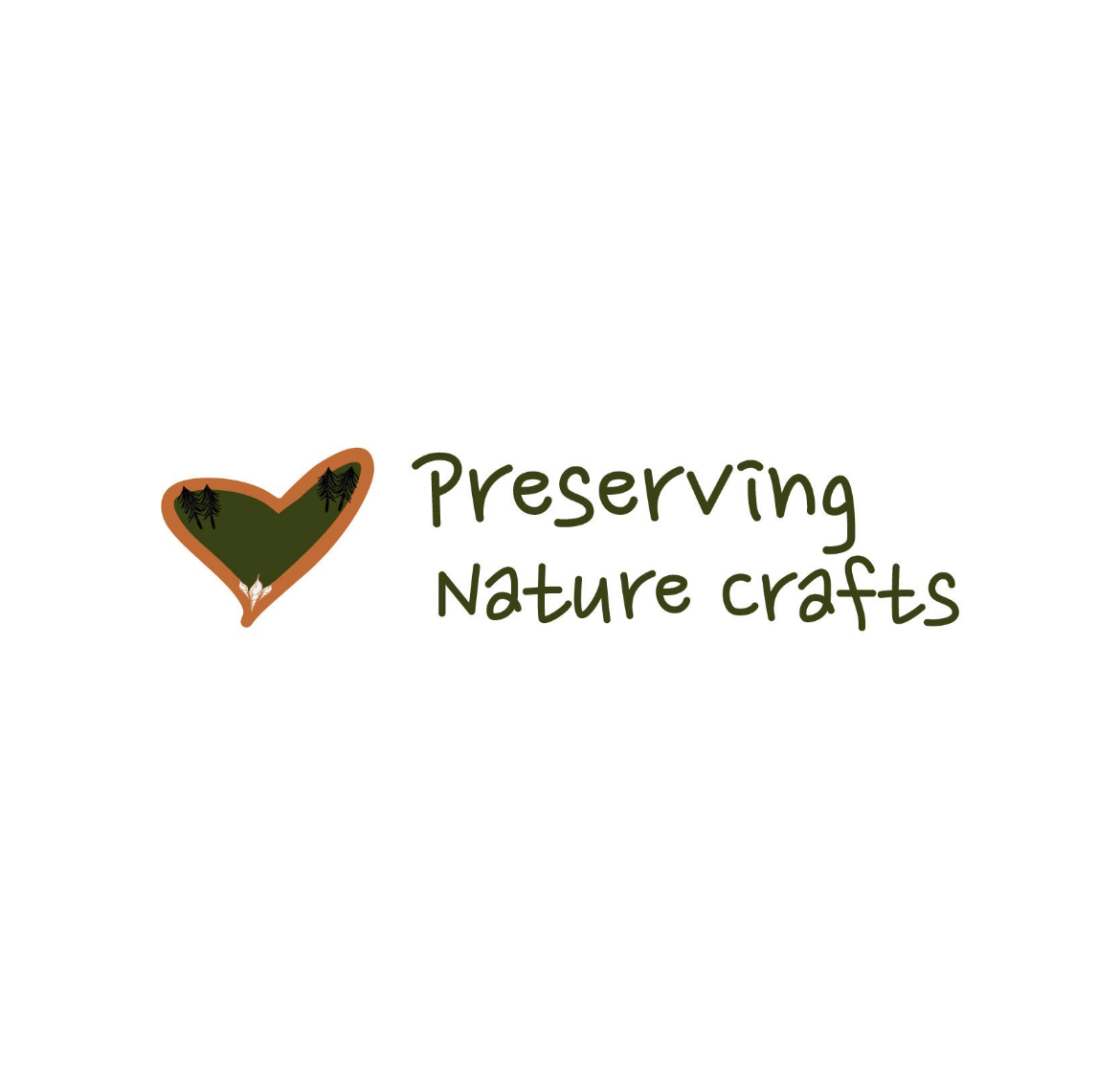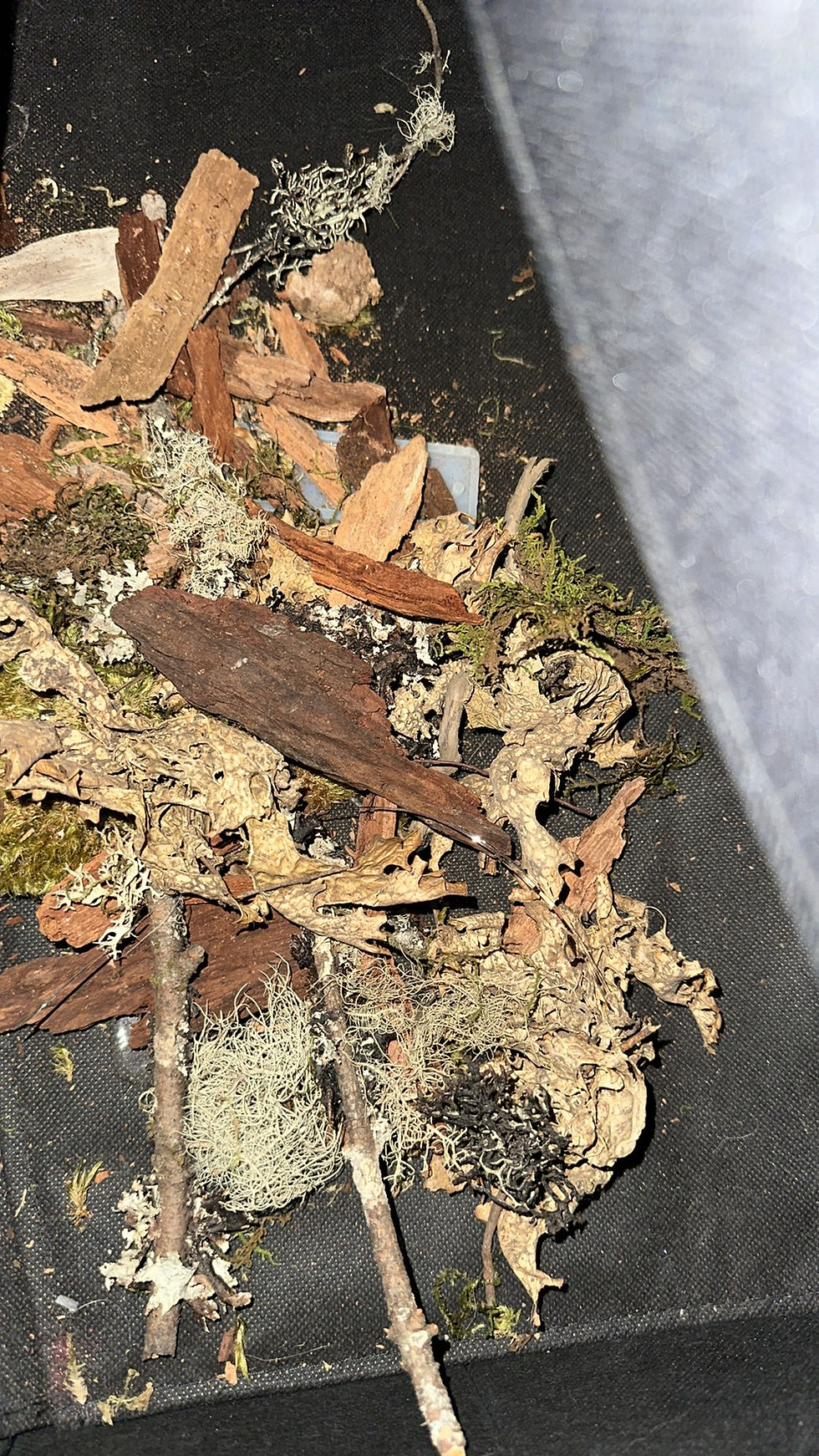How to Make Your Own Resin River Table Mold
- Preserving Nature Crafts

- Jul 1, 2023
- 3 min read

Resin River tables have become a popular choice for interior decor, adding a touch of elegance and uniqueness to any space. These tables feature a flowing river-like design created with coloured resin, often contrasted with the natural beauty of wood. While purchasing a pre-made river table is an option, there's something special about crafting your own. In this blog post, we'll explore how you can make your own resin mold for a river or resin table using tuck tape. We'll also delve into the benefits of tuck tape, such as its non-stick properties when working with epoxy resin. Additionally, we'll discuss an alternative option using tinfoil tape for creating borders if the depth of the river isn't too high.
Materials Needed:
Table base (wooden or other suitable material)
Tuck tape (also known as Tyvek tape or sheathing tape)
Tinfoil tape (optional, for creating borders)
Measuring tape
Craft knife or scissors
Plastic sheet or drop cloth
Resin (clear or coloured)
Pigments or dyes (optional)
Mixing cups and stirring sticks
Release agent (optional)
Sandpaper (various grits)
Finishing products (e.g., varnish or epoxy resin for final coating)

Step 1: Preparing the Table Base to Make Your Own Resin River Table Mold
Select a sturdy table base that suits your preferences and complements your design vision. Ensure the surface is clean and free from any debris. If using wood, sand the table to achieve a smooth finish.
Step 2: Creating the Mold with Tuck Tape
Tuck tape is an excellent choice for creating the mold as epoxy resin does not stick to it. Cut long strips of tuck tape, wide enough to cover the width of the river area. Apply the tape along the edges, overlapping each strip slightly to eliminate gaps. Press firmly to ensure a tight seal and create a continuous barrier.
Step 3: Shaping the Sides with Tuck Tape
Cut narrower strips of tuck tape to shape the sides of the river. Apply them vertically along the inner edges of the river, ensuring a tight seal and a smooth curve.
Step 4: Reinforcing the Mold
To strengthen the mold and prevent resin leakage, add an extra layer or two of tuck tape along the bottom and sides. Smooth out any wrinkles or bubbles for a tight seal.

Step 5: Using Tinfoil Tape for Borders (optional)
If the depth of your river isn't too high, consider adding decorative borders using tinfoil tape. Apply the tinfoil tape along the edges of the tuck tape mold, enhancing the visual appeal of your river table.
Step 6: Preparing the Work Area
Cover the surrounding areas with a plastic sheet or drop cloth to protect them from resin spills. This will make cleanup easier and protect your workspace.
Step 7: Mixing and Pouring Resin
Follow the manufacturer's instructions to mix the resin and any desired pigments or dyes. Slowly pour the resin into the mold, starting from one end and allowing it to flow naturally along the tape-formed riverbed. Use a stirring stick to guide the resin if needed.
Step 8: Eliminating Air Bubbles
To remove air bubbles, use a heat gun or butane torch in a sweeping motion over the resin surface. Be cautious not to apply excessive heat.
Step 9: Curing and Demolding
Leave the resin to cure according to the manufacturer's instructions. Once fully cured, carefully remove the tuck tape mold by peeling it away from the resin surface. If needed, use a craft knife or scissors to cut it away.
Step 10: Finishing Touches
Sand the edges and surfaces of your table to achieve a smooth finish. Apply a protective coat of varnish or epoxy resin for a glossy and durable surface. Consider additional enhancements like adding legs or incorporating other elements to complete your river table.
Crafting your own resin river table using a tuck tape mold is a rewarding and creative process. With the non-stick properties of tuck tape, you can easily create a mold that forms a sturdy barrier for the resin. The option of using tinfoil tape for decorative borders adds an extra touch of style. Remember to follow safety precautions, carefully mix and pour the resin, and allow ample time for curing. With practice and experimentation, you'll be able to design and create unique river tables that reflect your personal style and artistic vision. Enjoy the journey of bringing your resin river table to life!








Comments